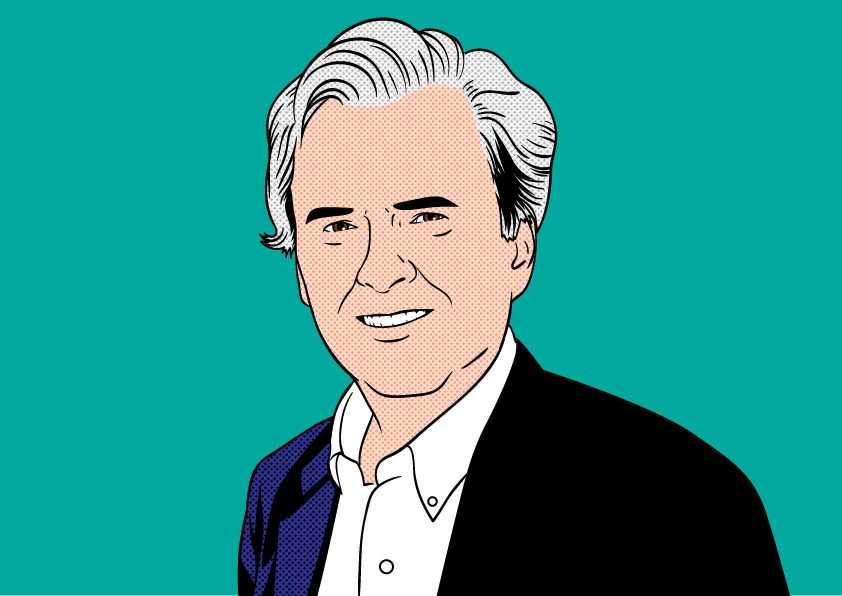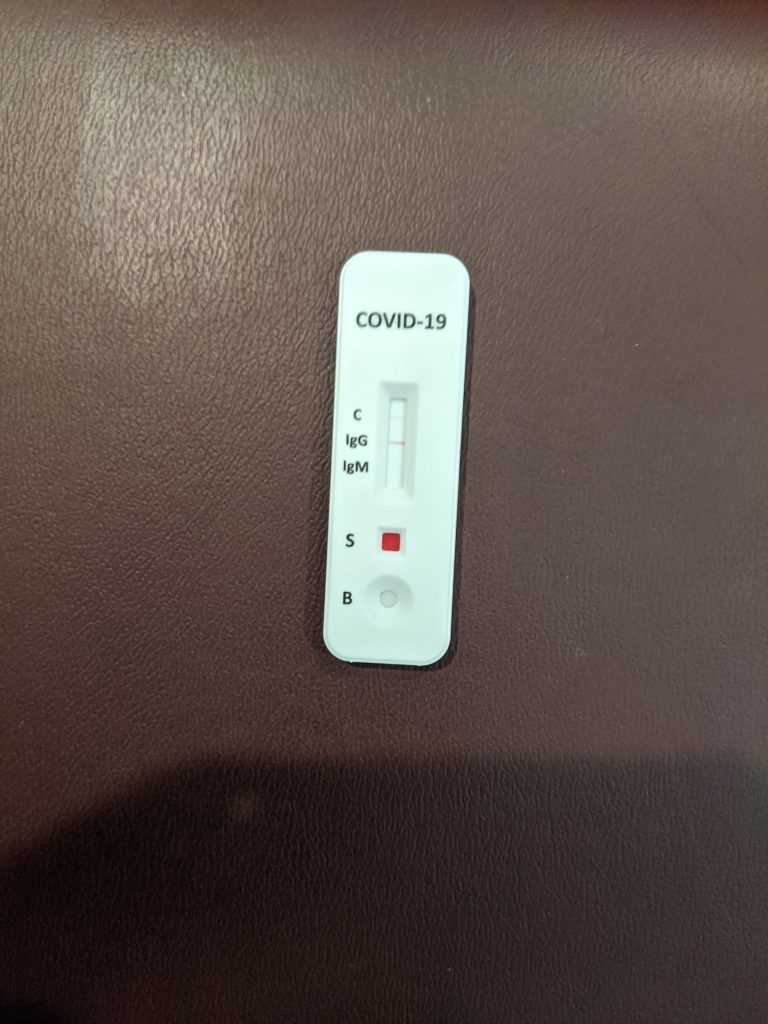The Jab, Impfneid, and the Return of Business Travel: Just Another Mirage?

by Robert McGarvey
First came the jab in my upper arm and ten days later came my startling wish that a meeting agenda I was looking at – a virtual meeting of course – was for an in person meeting. I had not had such a thought in a year and in that year 500,000+ of us have died from Covid-19, I myself had the disease (mercifully, a milder form), and just about everything I do outside my home today is different.
But there I caught myself sniffing at the inadequacies of some virtual meeting formats and thinking that I was ready to resume in-person meetings. Thinking that was triggered by my having gotten the first Pfizer injection on Feb. 19.
Of course I was deep into delusion. In point of fact, just the first Pfizer shot delivers about 90% immunity after 21 days – but note I only have 10 days and also note that other studies put the immunity from one shot nearer 50%. Note 3: I may have some additional immunity from having had the disease – but nobody knows how much or how long it lasts (and I had it about a year ago).

I am scheduled for the second shot on March 12 and you can bet that morning is blocked off on my calendar.
Even so, a question popped into my mind: will I start traveling come April 1 (fool’s day of course)?
The full vaccination immunity for me will kick in around then.
And are others planning likewise? Are we in fact on the cusp of a boom in travel, including business travel?
I know many in this venue are cheering on the idea of a business travel boom. So far I have pooh-poohed the prospect but am I now changing my mind?
Not exactly.
The more I noodled the facts knowable by me, the more my initial skepticism seemed the likeliest outcome.
I started with vaccination data. In Maricopa County, where I live, 15% of us now have gotten at least one shot.
Only 5% of us have gotten both shots.
What’s more, there aren’t a lot of business travelers in the vaccinated population. Those 75 and older are the most vaccinated group – 53% of them have gotten a shot.
About half of all those vaccinated in Maricopa County are 65 or older. Again, not a group known for lots of business travel.
Might these numbers fuel a boomlet in leisure travel? Arnie Weissman, editor at Travel Weekly, thinks as much and I am coming over to that point of view. I definitely can see seniors buying cruises, flying to visit grandchildren, and probably getting busy ticking off bucket list travels. Probably in Q2 of this year.
But I don’t see younger demographics soon joining the traveling public.
They just won’t have been jabbed.
It will take until Q3 – possibly Q4 – to have vaccinated perhaps 75% of us, which probably is as high as we will go.
It will take years – estimates go as high as seven years – to vaccinate the world.
As for the revival of business travel, certainly not before Q4. Vaccines just won’t have been jabbed into the arms. The majority of US business travelers are 30 to 49 and, nope, that is not a demographic that is prioritized for vaccinations. They will be lucky to have been jabbed by September.
Yes, some companies have the money to put their employees at the front of the line – but right now the negative publicity that would surely trigger outweighs the benefits of vaccinated employees. Impfneid, vaccine envy, is real.
Gartner research found that only 11% of companies have resumed business travel or plan to in the next six months. 61% of companies told Gartner they “just don’t know” when they will resume business travel.
Odds are high, too, that even when it returns, business travel will be shrunken version of its former self as organizations realize they can function, well and more profitably, without traveling much at all. That realization is not vanishing.
Employment lawyers indicate that many organizations are – rightly – worried about legal consequences of employee travels in a Covid era, and even if the legal issues vanish (there continue to be state and federal efforts to protect organizations from Covid triggered litigation). But the lawyers also say that, litigation aside, many employees will simply refuse to take business trips now. Fear of the disease is high.
My advice regarding business travel remains the same: unpack. We ain’t going anywhere anytime soon on business. I know I’m not.

